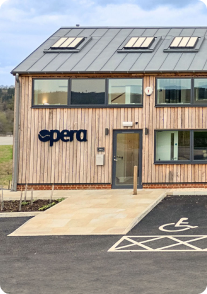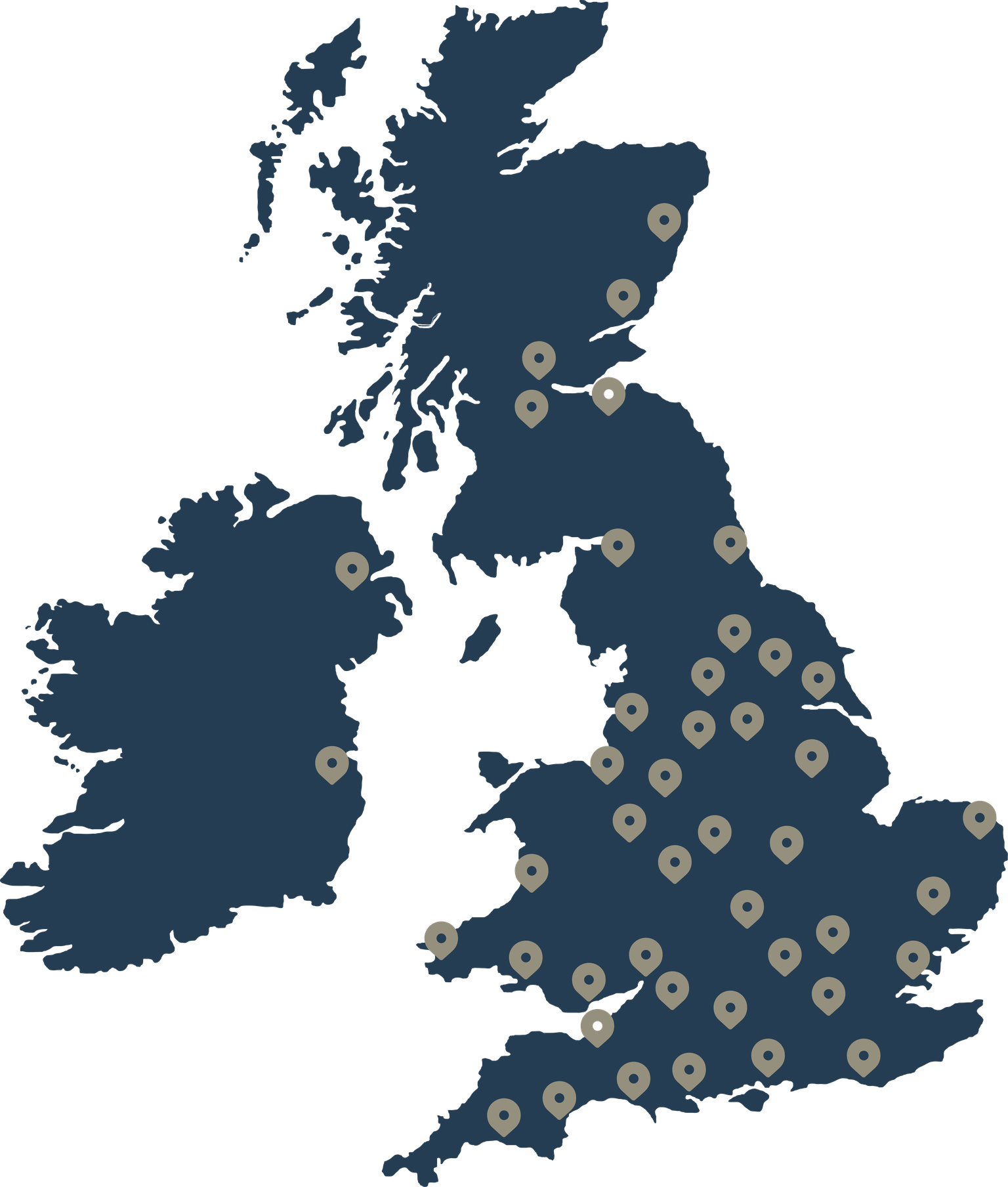In this guide, we will be focusing on pressure ulcers, grades of pressure sores in the UK, and who gets them.
700,000 people in the UK are affected by pressure ulcers each year and between 80 to 95% of these cases are preventable1.
Do you know how much pressure ulcers cost the NHS?
In the UK the occurrence of pressure ulcers costs the National Health Service (NHS) more than 3.8 million pounds every day. The cost of a nurse accounts for 90% of the overall cost for treating pressure ulcers.
(Excellence, 2014; Wood, 2019)
What is a pressure ulcer?
Pressure ulcers (known also as pressure sores, bed sores, and decubitus ulcers) are areas of skin that have been subjected to sustained amounts of pressure, resulting in the skin and tissue becoming damaged. Constant pressure on a vulnerable area of the body results in the circulation of blood being cut off, which leads to the decay of the affected area. Extended pressure occurs when a person is sat or laid in a particular position on a static surface for a long period of time. Pressure ulcer development can happen to anyone, however typically they usually affect those who are confined to a bed or sit for long periods of time in a chair or wheelchair.
Early signs of a pressure ulcer – category 1
Pressure ulcers will develop over time, but this can be as little as a few hours. They can affect any part of the body that’s exposed to pressure. The most common areas of the body for pressure ulcers are bony provinces such as heels, elbows, hips and base of the spine/ sacral region.
In the early stage of a pressure ulcer part of the skin will start becoming discoloured, those with pale skin will have red patches while those with dark skin often get purple or blue patches on their skin. These discolorations on the skin won’t turn white when pressed and the patches will feel warm, spongy or hard to touch.
It's common for pain or itchiness to occur in this area, all of the above are commonly referred to as a category 1 pressure ulcer in which recovery time is around 2-3 days.
Older signs of a pressure ulcer
If a pressure ulcer is left untreated, it will worsen and has the potential to seriously affect a person’s health, wellbeing and delay their recovery/wound healing. Even if the skin is not broken at first, when a pressure ulcer gets worse it can form into a higher category which become more painful and a longer recovery.
Category 2
• An open wound or blister, sometimes can look like filled with clear liquid
• Painful to touch and tender
• Can look like a scrape (abrasion), blister, or a shallow crater in the skin
• Partial thickness skin loss
• Recovery time: 3 days to 3 weeks
Category 3
• Full thickness skin loss
• A deep wound that reaches the deeper layers of the skin
• Wound tunnelling and odour
• Recovery time: 1 month up to 4 months
Category 4
• Very deep wound that may expose tendons, muscle, or bone
• Skin has turned black and shows signs of infection
• Red edges, pus, odour, heat, and/or drainage
• Recovery time: From 3 months and possibly longer
Categorising risk
There are four grades of pressure sores in the UK, each denoting the severity of the wound:

Grade 1:
Reddening of the skin

Grade 2:
Superficial ‘blister-like’ wound

Grade 3:
Full thickness skin loss

Grade 4:
Deep wound and tissue damage
As a sore is allowed to develop, it moves through the four grades. Different patients have different levels of risk in developing ulcers, factors include mobility, skin integrity and nutrition/wellness. There are three risk categories that denote how at risk the patient is: at risk; high risk; and very high risk. The risk level is determined by measuring the patient’s mobility, skin integrity etc, through assessment tools such as the Waterlow Score.
Who is at risk of a pressure ulcer?
Anyone who puts prolonged pressure on the skin can develop a pressure ulcer. However, as we briefly mentioned earlier pressure ulcers usually affect those who are confined to a bed or spent long periods of time sitting.
People over the age of 70 are at a higher risk of developing a pressure sore due to being more likely to have mobility problems. Meanwhile, their skin can be damaged more easily through dehydration and other factors.
Those who are spending more time in bed perhaps due to illness or after surgery could lead to pressure ulcer development.
Medical conditions that affect the bloody supply also put people at risk of pressure ulcers as they make the skin more fragile, these include diabetes, kidney failure, MS and Parkinson’s disease. There are also other factors that can increase the risk of developing a pressure ulcer such as obesity, paralysis, poor diet and nutrition, and urinary/bowel incontinence.
When a person is nearing the end of life they are at a greater risk of developing pressure sores. This is due to the limited mobility, or not eating or drinking as much.
How do you prevent pressure ulcers?
Pressure care is a complex issue which means it can be difficult to completely prevent, however there are methods and pressure care products that are designed to reduce the risk of pressure ulcer development.
Skin care
• Keep skin clean and dry
• Avoid scented soaps which can dry out the skin
• Moisturise after washing
Lifestyle
• Eat a well-balanced diet
• Keep hydrated (at least 2L per day)
• Ensure bedsheets are smooth and not wrinkled when lying in bed, sheets should be cotton or silk like fabric
• Stop smoking, smoking damages blood circulation which increases risk
Read our article on how to prevent pressure ulcers
Pressure Care Products
Pressure sore care or the grades of pressure sores in the UK is a common query for customers. Thankfully there are various pressure care prevention and treatment products available. At Opera, our pressure care range includes pressure care mattresses, cushions, and automatic turning systems as part of a pressure care plan. Read our pressure care mattress buying guide to learn more about our range.
| Mattress Type | |||
Static Foam |
Dynamic Air |
Hybrid |
|
|---|---|---|---|
| All Features | |||
| Construction | Foam | Air Cells | Foam and Air Cells |
| Powered | Non-powered | Powered | Optional |
| Air Pump | N/A | Required | Optional |
| Pressure Sore Benefits | Prevention | Prevention and Treat/Heal | Prevention and Treat/Heal |
| Wipe Clean Cover | |||
| Depth | 6in | 6-8in | 6-8in |
| Firm Edging Available | |||
| Suitable time spend in bed | 0-12 hours | 0-24 hours | 0-24 hours |
| Discover more about Static Foam Mattresses | Discover more about Dynamic Air Mattresses | Discover more about Hybrid Mattresses | |
References:
- 1. Excellence, N. I. f. H. a. C. (2014) Costing statement: Pressure ulcers (Implementing the NICE guideline on pressure ulcers, CG179).
- 2. Wood, J., Brown, B., Bartley, A., Batista, A.A., Cavaco, C., Roberts, P.A., Santon, K., Cook, S (2019) 'Reducing pressure ulcers across multiple care settings using a collaborative approach', BMJ Open Quality, 8.








